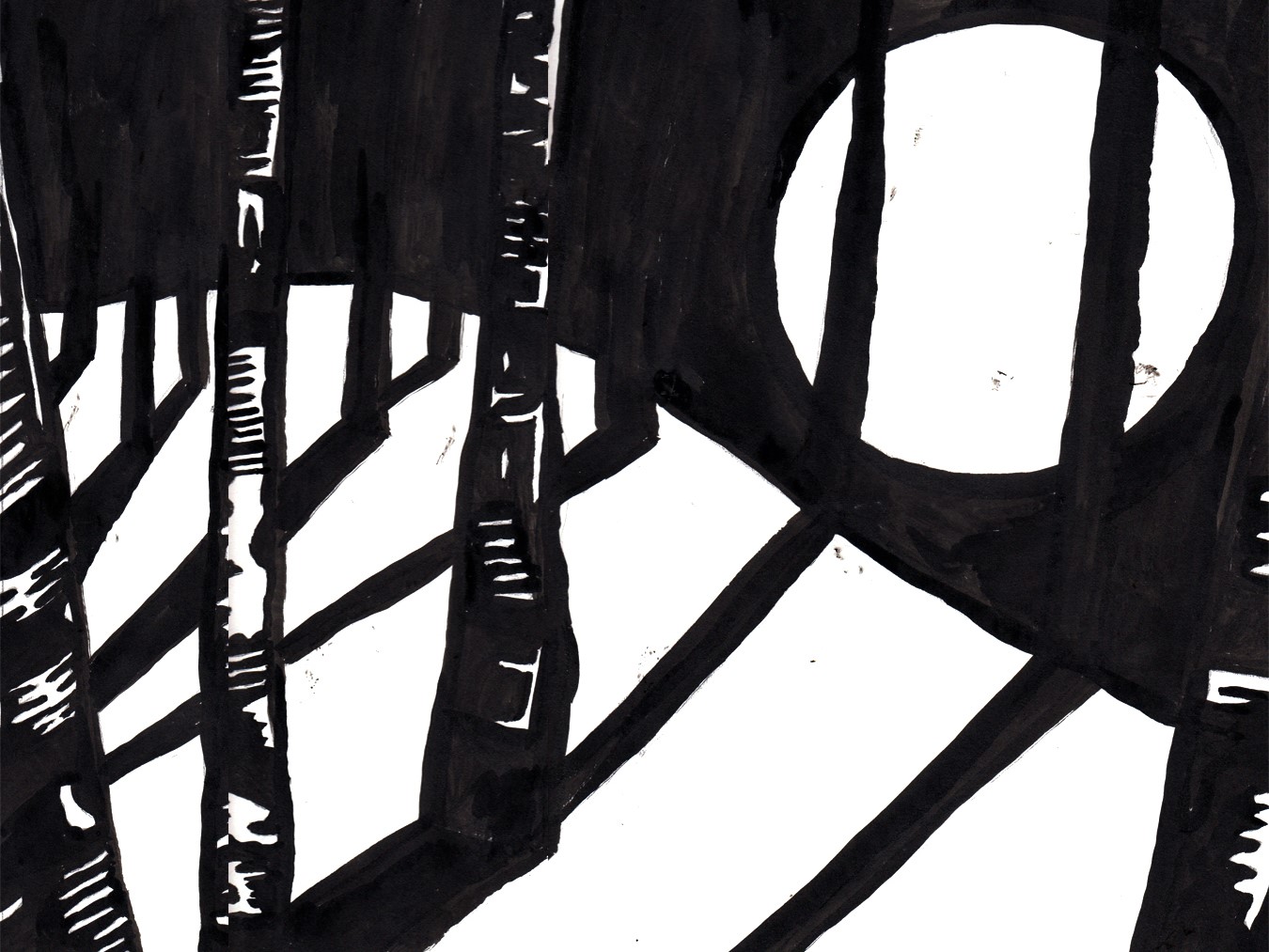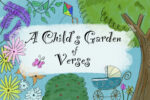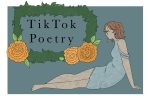“Moonshine Narratives” is Scott T. Hutchison’s second book of poetry and was just published Feb. 19. Hutchison grew up in rural Virginia and currently lives in the Belknap Mountains of New Hampshire where he served as state director of the New Hampshire Young Writers’ Conference for 13 years. Hutchison’s latest collection includes 84 poems and features a writing style that combines lightning-paced action with slow, meticulous descriptions of nature.
The book of poetry is divided into three sections: “Crescent,” “Half” and “Full,” representing different phases of the moon. The phases visually reflect men’s stages of development; “Crescent” represents early boyhood, while “Half” and “Full” concern teenage years and manhood. Each section of the collection evolves through various perspectives, people who are either living through these periods in life or closely observing a character who is. Hutchison’s structure depicts both the wonderful and ugly parts of a boy’s development into a man.
For instance, in the poem “My Favorite Fight,” from the “Crescent” section, Hutchison’s narrator recollects a seventh-grade fight as a peak of malevolent male aggression. The poet writes in his final stanza,
“I couldn’t stop. The lump crumbled
down the wall when Wolpin yanked me back,
picking me up with one hand
around my windpipe. I told you to stop he growled
into my laughing face. And then he laughed.
And the boy on the floor bled. And
the room filled with light.”
The fighters in the final stanza had been childishly encouraged by their peers into a contest of pumping fists. Violence like this is taken lightly by boys, especially in the ’60s timeframe of “My Favorite Fight.” Hutchison also describes the clamor of the narrator’s circling peers and their approval following his victory, but as “Moonshine Narratives” illuminates, violence develops a different connotation as the boy grows older.
Hutchison also explores the rebellious stage that many teenage boys go through in the “Half” section. In “Bombing the Line,” the writer presents readers with a young driver whose adrenaline pulses from the risks of pushing the pedal to the metal. The infatuation with danger and the instinctual hunger to challenge the rules drive the young character to treat the streets like an action set.
Hutchison writes,
“Backroads shouldn’t have lines. Leave them black
as mourning, empty and lovely for all the boys
with four wheels beneath them seeking speed
and air, filling with a joyful barreling freedom
that finally kisses goodbye
to borders and all wise counsel.”
In “I Was That Kid” from the “Full” section it seems the same boy has changed paths, as the narrator is depicted as a boy vandalizing abandoned houses and capturing turtles in the first stanza. Later in life, as an adult, he finds himself stopping his vehicle in traffic for a crossing mother turtle. The poem is woven with rich symbols that propel the transformation of its narrator. Hutchison’s rapid-speed writing in the three longer stanzas also provides the poem with a sharp rhythm.
In addition to aggression, Hutchison experiments with how love affects men across the three phases of life. From “Little League” in the “Crescent” section to “Centrifuge,” the finale of the “Half” section, the reader is shown how the sensation of love evolves from trying to impress a girl watching you play second base, to eventually meeting one that makes you feel as if there is “no power / in the wide-flung universe able to pull us apart.” Both poems include vivid imagery that complements the powerful emotions and conversions of character they radiate.
The themes of “Moonshine Narratives” are accented with marvelous naturistic imagery. For example, “Machete, Blackberry Bramble” is a short one-stanza poem that employs a pleasing rhythm and several eloquent descriptions. In its last stanza, Hutchison writes,
“Against human and metal. Somewhere back in the thicket
there’s an old song trilled by a mockingbird, and that rustling
stowed safely somewhere inside the spikes—it might be
the old trickster himself, Brer Rabbit, who chortles
at your silly story again and again and again.”
Much of the collection is set in the farmlands of Virginia, but New Hampshire woodlands also make appearances in his narrative poems. The poet’s fascination with wildlife throughout “Moonshine Narratives” is lucid and breathes the joy and splendid wonder of the outdoors. “Baiting the Hook” is another essential piece of the collection that brings the outdoors to life. Similar to “Machete, Blackberry Bramble,” the piece from the “Half” section includes a playful interaction between man and animal.
On top of mapping the boy’s journey through life in the rural settings of “Moonshine Narratives,” Hutchison dabbles in several other societal and political issues as well. For example, in “Bloodsicles” from the “Full” section, the narrator observes wildlife — which is celebrated throughout the collection — constricted by concrete. He writes,
“My kids stare at the apparent delight
on furry faces, at the cooling, comforting concoctions
of flesh and blood. They bound away from the nearby
fat man eating a cherry snow cone, who perspires
through his shirt and grins at them, leaning
on the metal railing, staring with rapture. Their legs
cannot move fast enough. They wish to go home.”
The clever parallelism of the bloody meat eaten by animals and the cherry snow cone staining the teeth of humans who domesticate them illuminates the mistreatment inherent in the industry. Hutchison battles a variety of controversial topics in addition to imprisoning wildlife, but “Bloodsicles” is a terrific example of how he intersects the wide array of themes explored in “Moonshine Narratives.”
Nonetheless, the majority of Hutchison’s second collection is concerned with uplifting stories that try to brighten your day. One aspect of the poet’s writing I particularly enjoyed was the mouthwatering descriptions of American cuisine throughout the book. You had better eat before reading the poems, especially “Bourbon and Jerky,” where a group of people circling a smoky campfire pass around a bag of homemade jerky.
“Moonshine Narratives” presents readers with a trajectory of male behavior as they grow older, all while connecting it to other substantial themes. However, Hutchison also brings nostalgia and joy to the forefront of his collection with endearing observations of life and gorgeous portrayals of nature.

















Excellent Article, Excellent Blog , Excellent Site ✅✅✅